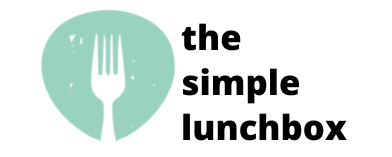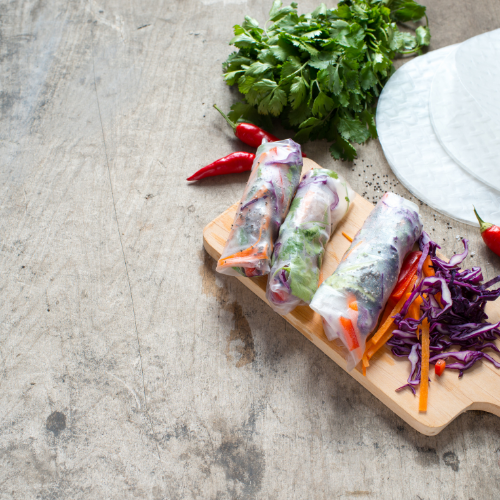The perfect, portable lunch since sliced bread (that ol’ chestnut has been done before, hasn’t it?), sandwiches are (usually) easy to transport, handle, eat and can be made waste free.
But what if your kiddo has gone off sandwiches, or has an allergy or intolerance to wheat or gluten and thinks that the gluten free options you have on offer are the devil?
We tend to steer clear from sandwiches on our page, simply because a) we trust you know how to make a sandwich and b) many of our followers have food allergies, and are looking for something other… but however! Sandwiches are simple. Super simple. So lets chat about how you can pump up the nutrient volume into your sandwiches, and also, what to do if bread is not an option.
We’ll start our story with some bread options.
Take out the fibre and protein from your bread, and it’s like taking the anchor from a boat – the energy, focus and concentration capacity that your little one gets from their lunch is just going to float away.
Choose a wholegrain (the chunky seeds), wholemeal (the bran that makes the bread ‘brown’) option to start. This fibre will help increase energy levels, but also keep them steady, helping your kids stay focused, more able to manage their own emotions and keep them fuller for longer (read: less hangry). Wholegrains and seeds also offer protein, B vitamins, magnesium and calcium not found in ‘white’ or processed options.
- A few options:
- Sourdough – the process of making sour dough bread involves ‘souring’ or fermenting the starter, which can breakdown some of the proteins in the grain allowing them to be more digestible. Did you have a crack at making your own in 2020?
- Wraps – less bread, more filling, so more goodness gets in! Try pancakes, crepes, tortillas, mountain bread, flat breads. Opt for wholegrain varieties.
- Bread-free options are great for those who have difficulty digesting, or have allergies to grains, or just as a change from bread, Options include rice paper rolls, omelettes, sturdy leaves such as cabbage or lettuce, stuffed vegetables such as capsicum, large grilled mushrooms, zucchini or eggplant slices or rice cakes.
And another thing – “gluten free” doesn’t always mean healthy. Often, gluten free breads are tweaked with sugars (see-sawing energy levels), salts, gums (not great for sensitive tummies), preservatives and flavours (hyperactivity, asthma, mood swings!) to mimic the flavour and texture of wheat-based breads. Suss out the label if you’re not sure.
A (macro) comparison of the local gluten free loaves (we’ve compared just the white loaves for ease of comparison, as all brands shown had a white option)…
| Abbott’s
Rustic White
|
Helga’s
Traditional White |
Woolworths Free From White | Country Life White | |
| Energy | 1120kj | 1020kj | 1080kj | 1030kj |
| Protein
· Total · Gluten |
4.1g Nil |
3.2g Nil |
3.8g Nil |
3.3g Nil |
| Fat
· Total · Saturated |
3.7g 0.3g |
4.2g <1.0g |
5.5g <1.0g |
4.3g <1.0g |
| Carbohydrate
· Sugars |
52.6g
2.3g |
45.8g
3.3g |
45.8g
5.9g |
46.2g
3.3g |
| Dietary Fibre | 1.2g | 3.5g | 4.7g | 3.4g |
| Sodium | 259mg | 400mg | 349mg | 425mg |
| Allergens and additives | Contains soy, canola oil, egg, thickeners | Contains soy, canola oil, egg, thickeners | Contains soy, canola oil, egg, vegetable gums | Contains soy, canola oil, egg, thickeners |
http://www.abbottsvillagebakery.com.au
https://www.woolworths.com.au

